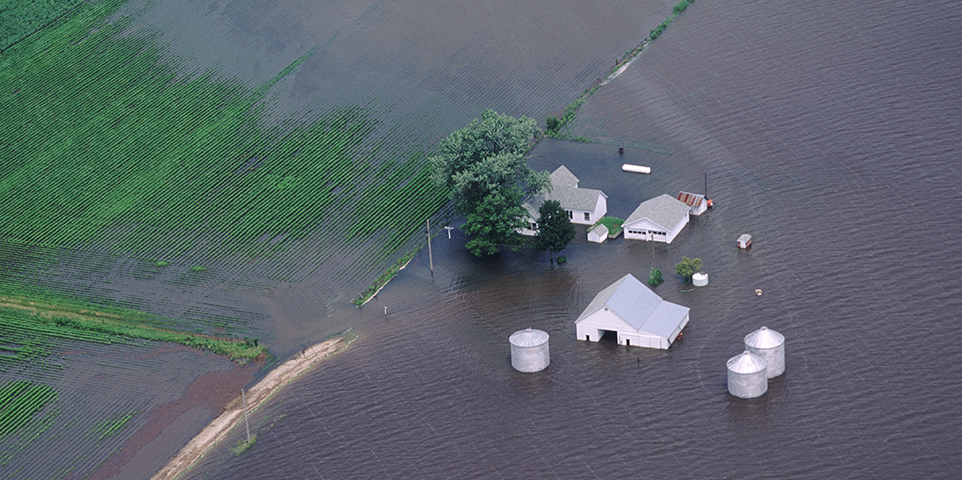MEMBERSHIP
AMPLIFY
EN ESPAÑOL
Connect With Us
- Popular search terms
- Automobile
- Home + Renters
- Claims
- Fraud
- Hurricane
- Popular Topics
- Automobile
- Home + Renters
- The Basics
- Disaster + Preparation
- Life Insurance

Half a billion people worldwide are affected by floods annually, and about 90 percent of all U.S. natural disasters involve flooding. The human and economic tolls are massive, and until recently insuring these risks and helping communities recover fell almost entirely on government programs.
Improved data, analysis, and modeling have helped drive private-sector interest in flood-risk transfer and mitigation. But despite growing private involvement, many experts consider the current system unsustainable. A resilience mindset is required, and that demands more than insurance products. An understanding of loss trends and expertise in quantifying risk must be married to technology, public policy and finance, and science.
This, in turn, requires collaboration and innovation to promote pre-emptive mitigation and rapid recovery.
Triple-I has tapped its own resources and the expertise of its insurance and risk management network to bring you the following analysis of the current state of flood risk and resilience.
Please click on the file name below to view the white paper in PDF format. You will need Adobe Acrobat Reader to view the file.
You can download Adobe Acrobat Reader, free of charge, from the Adobe website (https://www.adobe.com/products/acrobat/readstep.html).
Note: Printer fonts may vary by browser and version of Adobe Reader.